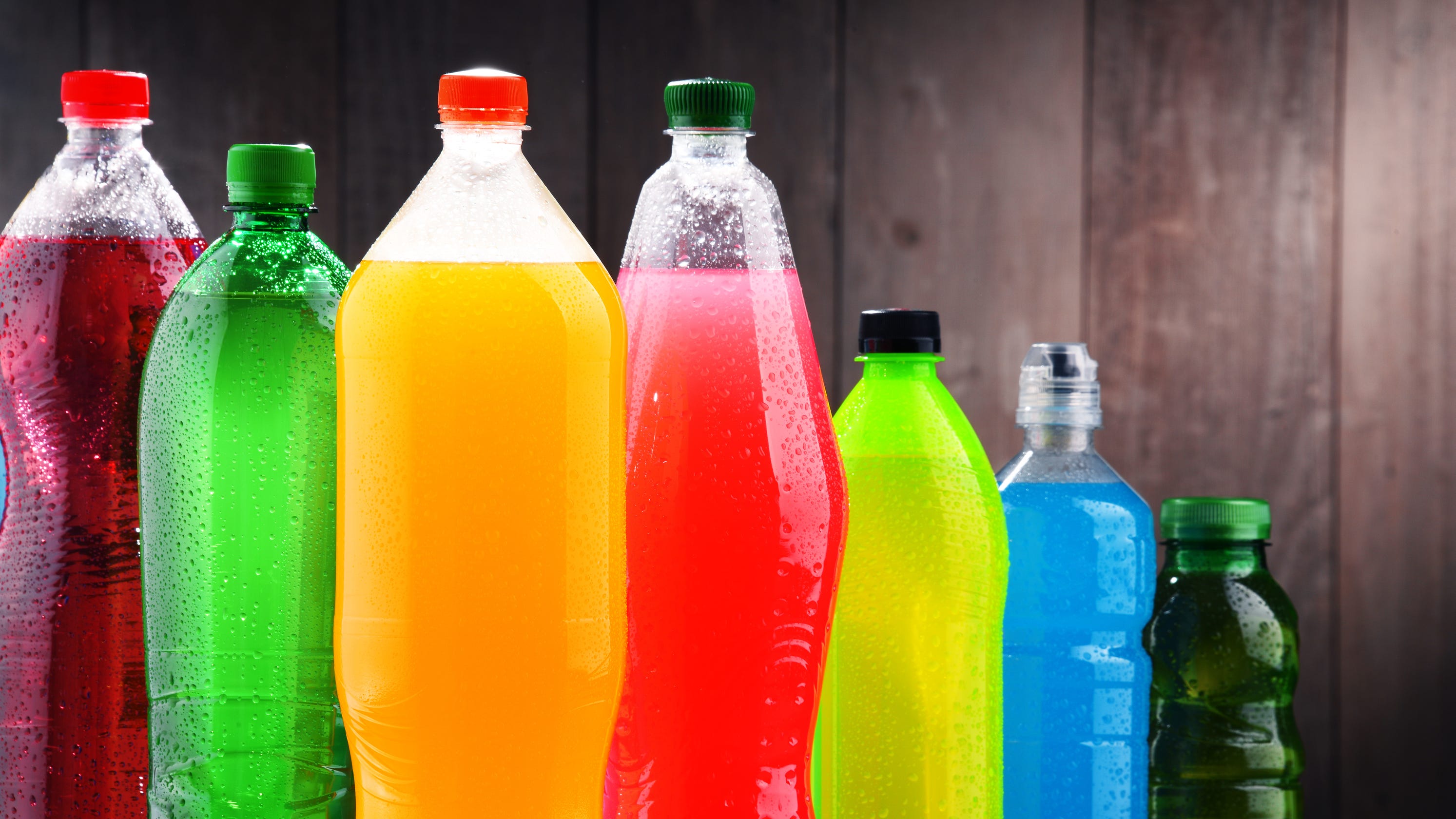New York City Approaching Deadline For Public Comments on Sugary Drinks Ban – July 24, 2012
 July 22, 2012
July 22, 2012  Kyriaki (Sandy) Venetis
Kyriaki (Sandy) Venetis  Image courtesy of USA Today.Everyone probably remembers the big – but short burst – of traditional media coverage of Mayor Michael Bloomberg’s proposal to limit sugary drink cup sizes to a maximum of 16 ounces in restaurants, but what you may not know is that this coming Tuesday, July 24, 2012, there will be a public hearing on the ban, and it will also be the last day to give public comments.
Image courtesy of USA Today.Everyone probably remembers the big – but short burst – of traditional media coverage of Mayor Michael Bloomberg’s proposal to limit sugary drink cup sizes to a maximum of 16 ounces in restaurants, but what you may not know is that this coming Tuesday, July 24, 2012, there will be a public hearing on the ban, and it will also be the last day to give public comments.
The NYC Board of Health will vote on the proposal sometime in September 2012. If the proposal is approved, it will go into effect in March 2013.
While the beverage industry obviously objects, the health care community is singing the praises of the proposal.
Dr. Joseph Vassalotti, chief medical officer of the National Kidney Foundation applauded the proposal in a statement saying, “Currently, there 1.3 million New Yorkers suffering from chronic kidney disease and that number is rising. Recent research shows that consumption of sugary sodas results in obesity.”
“Obesity can cause the development of kidney disease directly or indirectly through type 2 diabetes. Raising awareness is essential to really helping address the epidemic of chronic kidney disease that is tied with obesity,” continued Vassalotti.
Frank Hu, professor of nutrition and epidemiology at the Harvard School of Public Health and professor of medicine at Harvard Medical School also praised the proposal, saying that, “Sugary beverages are the major source of excess calories and sugar in our diet. There is solid scientific evidence supporting that regular consumption of these beverages contributes to obesity, diabetes, and heart disease.”
“Studies have shown that changing the food environment by limiting access to large portion sizes of soda is effective in reducing consumption, while education alone is not sufficient to change people’s behaviors,” he added.
The mayor’s office said the proposal to limit sugary drinks is in keeping with the mission of the Harlem Health Promotion Center, which also has a consumer website – GetHealthyHarlem.org – whose goal is to promote lifestyle changes through information about healthy eating and announcing events and programs, including free exercise programs, free farm fresh food tasting, and free community women’s health events.
In further justification for wanting to limit sugary drink cup sizes in restaurants, the mayor’s office cited statistics in his proposal from his May 2012 Obesity Task Force’s findings in the report – Reversing the Epidemic.
The mayor’s proposal says that:
Americans consume 200-300 more calories daily than 30 years ago, with the largest single increase due to sugary drinks. Sugary drinks are also the largest source of added sugar in the average American’s diet, comprising nearly 43 percent of added sugar intake.
A 20 ounce sugary drink can contain the equivalent of 16 packets of sugar. These drinks are associated with long-term weight gain among both adults and youth. Every additional sugary beverage a child drinks daily, his/her odds of becoming obese increase by 60 percent.
More than half of New York City adults (58 percent) are now overweight or obese, and more than 20 percent of the city’s public school children (K-8) are obese. Obesity is a risk factor for heart disease, cancer, and diabetes. Adults who are obese are almost twice as likely to develop diabetes as those who are overweight and almost three times as likely as those who are at a healthy weight.
Childhood obesity leads to serious health consequences, including cardiovascular disease and increased mortality. As a result of obesity, today’s children may have a shorter life expectancy than their parents.
Besides the new proposed limit on sugary drinks, the city has already implemented several other initiatives to promote healthier lifestyle changes among New Yorkers. These include:
- Green Carts – increasing the availability of fresh fruits and vegetables to New Yorkers. The program has resulted in almost 500 produce vendors in previously underserved neighborhoods.
- Health Bucks – available for low-income families that are also eligible for food stamps. Each Health Buck is worth $2 for the purchase of fresh fruits and vegetables. Farmers’ markets that accept food stamps will give one Health Buck coupon to each customer for every $5 spent using food stamps.
- Shape Up NYC – offers free fitness classes every week, including aerobics, yoga, pilates, and zumba at dozens of locations across the five boroughs. You don’t need to be a member of a recreation center in order to attend a class, though you need to bring a lock for classes held at recreation centers. You can search the website by location, or browse the list of classes to find an activity or place that’s right for you!
Reader comments and input is always welcomed!

Reader Comments